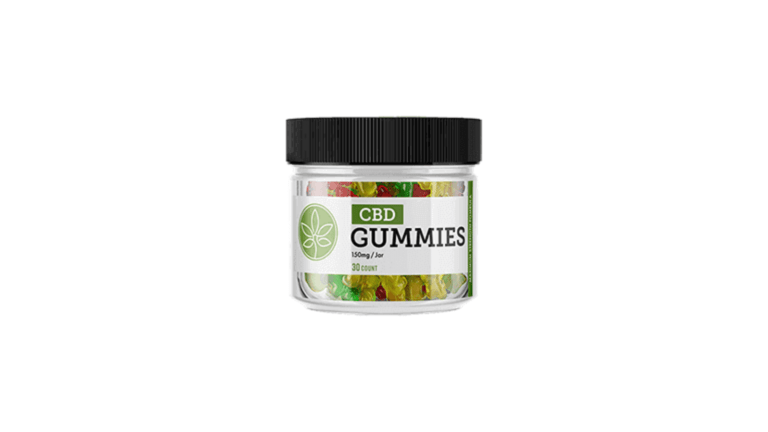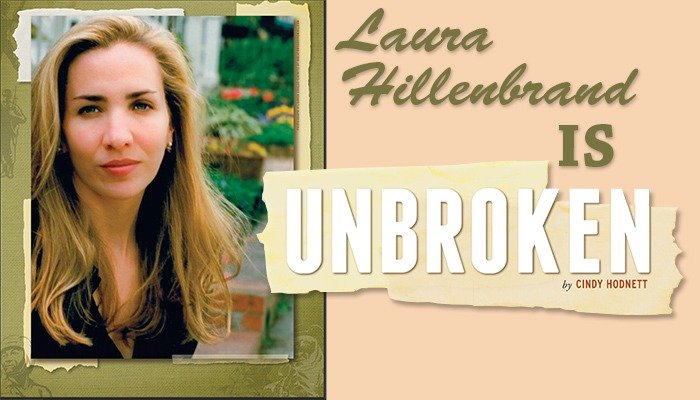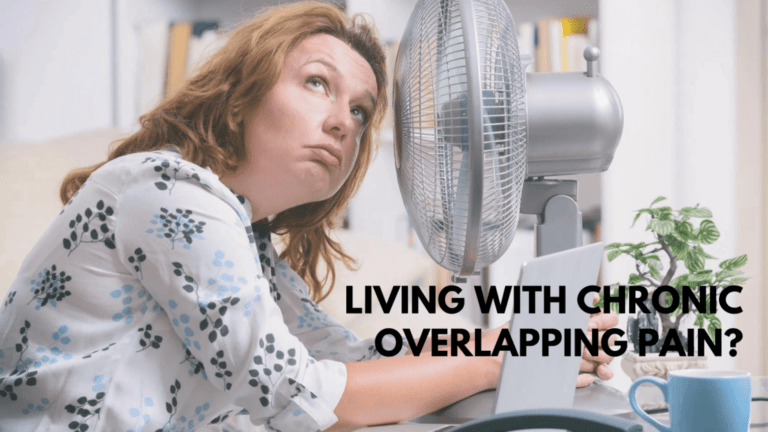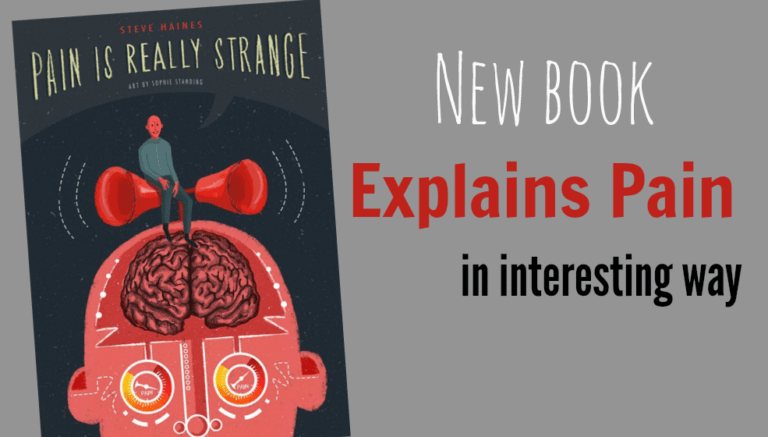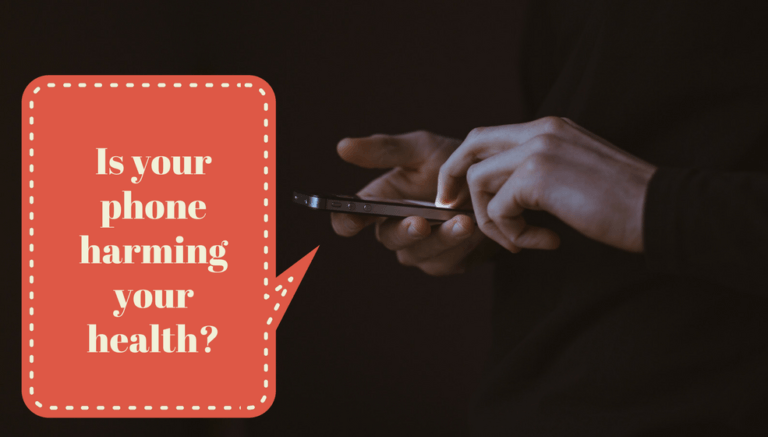7 Chronic Pain Myths – and The Truth

Most people who suffer from chronic pain have encountered information that is sometimes presented as if it were factual but is completely myth. And within the pain community, this misinformation can get circulated to the point where pain sufferers are misled into making decisions for themselves that lead to little relief, big let-downs and even more pain and suffering than necessary.
So let’s take a look at a few of the chronic pain myths that are commonly mentioned – and get the facts.
Myth #1: Lots of rest is best for back pain.
It seems logical that when your back hurts, rest trumps activity. While your physician may prescribe a short rest, remaining active is actually better. Back pain experts have shown that complete bed rest is one of the WORST things you can do for back pain…or any other type of chronic pain. It’s important to stay active so that your body is conditioned and experiences less pain when you move around. You may need to reduce your amount of regular exercise during flair-ups – but try to stay active and do as many of your typical activities as you can.
Myth #2: You should always get a scan to determine the source of your pain.
It’s not uncommon for your physician to recommend an X-ray, MRI or CT scan if you’re experiencing pain, particularly back or neck pain. But are scans ALWAYS needed?
With certain red flags present or if the patient has been in a bad accident, scans can be necessary. But often they are not needed – and overused. What shows up on an MRI scan may not even be related to the patient’s pain (Note: 60 percent of people without any back pain will have evidence of disk damage with a scan – and many will show signs of arthritis in their back.) Research also shows that people with lower back pain who get an early MRI actually have a worse outcomethan those that don’t get an MRI!
So don’t assume that scans are medically necessary – many times, they are not.
Myth #3: If you take opiates, you’ll be/you are an addict.
Let’s start by understanding the difference between dependence and addiction. Most who take opiates for a long time develop a chemical dependence on the medication. The body gets used to it and has an expectation for it to be there. So when the medication is stopped, the body will experience withdrawals. This is not addiction.
With addiction, a patient craves the medication and often misuses it in order to get a “high”. The vast majority of chronic pain patients are seeking pain relief and not a high. Only a small percentage actually end up with an addiction. If you take opiates as prescribed and follow your physician’s directions, your risk of addiction is extremely low.
Opioid prescriptions have declined since 2010 – at least partly because research indicates they are less effective for chronic pain. Physicians and researchers have found new ways to effectively deal with chronic pain that are alternatives to opioids: integrative therapies, spinal cord stimulators, lifestyle changes and more.
Myth #4: Weather doesn’t really impact pain.
Ask just about any chronic pain sufferer, and he/she will tell you that there are seasons when his/her pain is worse…and they relate to the weather. Extreme cold, extreme heat, changes in barometric pressure – it’s not your imagination. While studies are not definitive in this area, they have shown that changes in weather/air pressure can cause people to have more pain in their joints. As well, chronic headache sufferers share that pressure changes can bring on headaches.
Myth #5: Children of chronic pain sufferers will also have chronic pain.
Those with a chronic condition may live in fear that their children will suffer from the same condition. This fear is understandable – but there is no significant research that shows that one person’s pain condition will be passed down to their children. Research shows that pain is a combination of genetics and environmental factors. While some illnesses are hereditary, many chronic pain conditions come from other factors – so it’s a fallacy to assume that your child will automatically inherit your pain. Avoid this thinking, which only increases the stress and anxiety of living with a chronic condition.
Myth #6: Pain is a part of aging that you cannot control.
It’s not inevitable, contrary to what people often think. Yes, we should all expect a few aches and pains as we get older; however, generally healthy people should not accept as “normal” waking every day with chronic pain. Chronic pain is pain that exists every day for at least six months and is quite different than normal body changes from aging.
It’s typical to experience more pain in our knees, hip, and feet as we age – due to wear and tear of our bones. This deterioration cause pain and stiffness over time as the join spaces narrows. But even this is not classified as “chronic pain” and can usually be improved with physical activity and a low-dose, over-the-counter anti-inflammatory.
So be mindful of your pain but don’t assume that it is part of the aging process you must simply accept.
Myth #7: Alternative treatments are ineffective.
Often, those without the pain condition are the first to criticize alternative treatments—from acupuncture to massage to essential oils. In reality, alternatives or integrative therapies can be an excellent complement to mainstream treatments, such as medication, surgery or physical therapy. Many chronic pain sufferers have gotten short and long-term relief from alternatives to pills and surgery. Search our website using “integrative health” or “alternative therapies” as your search terms, and you’ll find many insightful articles. Keep in mind that these alternative treatments aren’t for everyone – so speak with your physician about whether or not they are right for you.
PainPathways Magazine
PainPathways is the first, only and ultimate pain magazine. First published in spring 2008, PainPathways is the culmination of the vision of Richard L. Rauck, MD, to provide a shared resource for people living with and caring for others in pain. This quarterly resource not only provides in-depth information on current treatments, therapies and research studies but also connects people who live with pain, both personally and professionally.
View All By PainPathways


